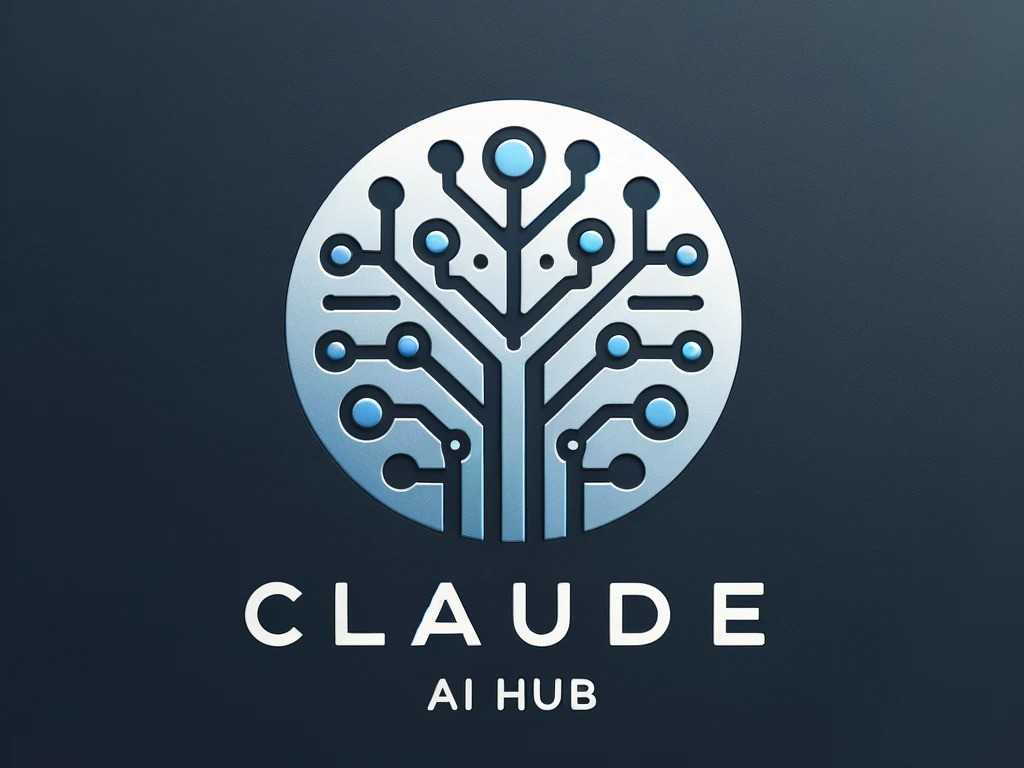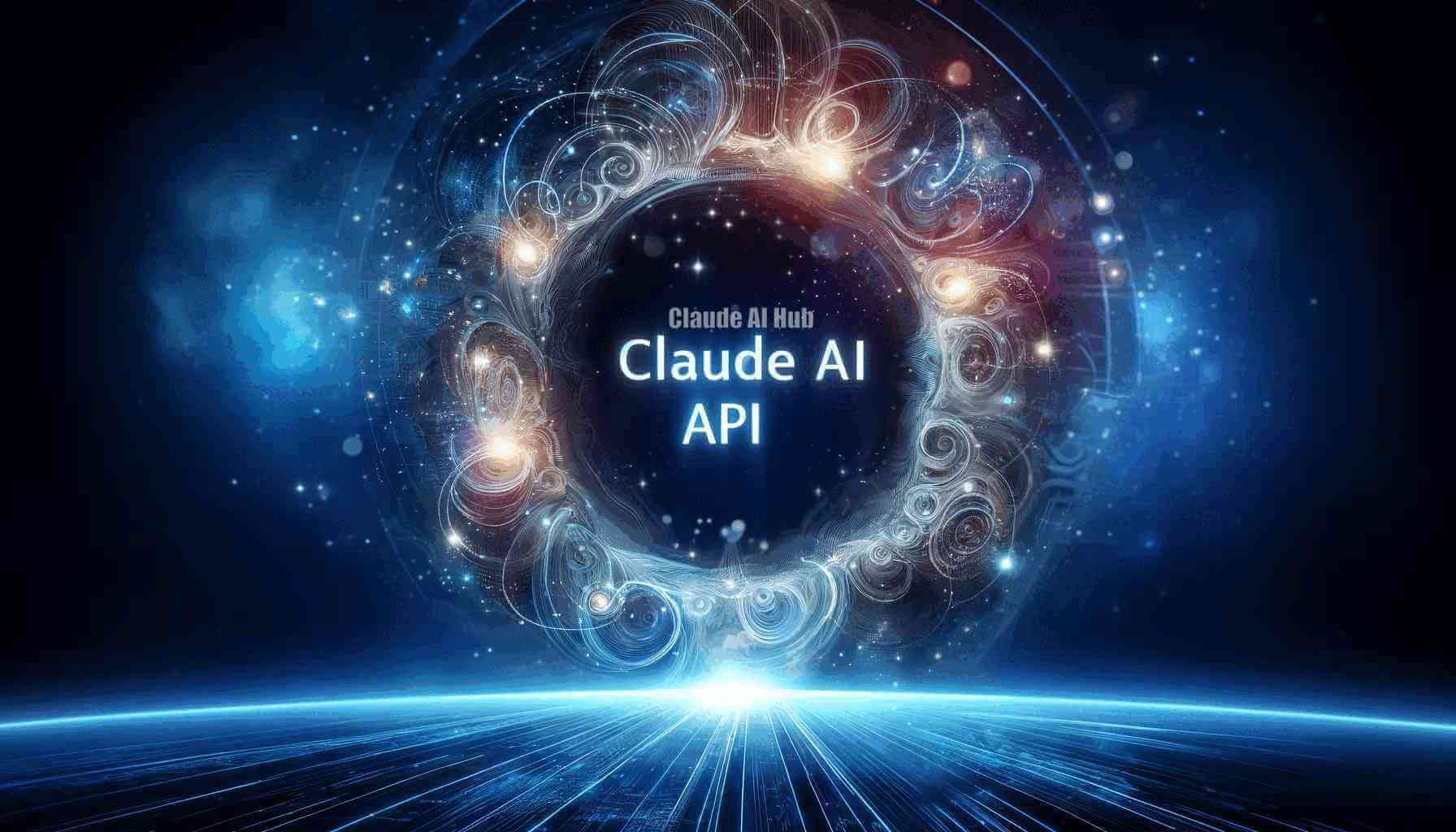How to Use Claude AI API: A Beginner’s Guide for Using Claude 3 API
Artificial intelligence (AI) has transcended beyond mere fascination, embedding itself into the fabric of various industries. Among the vanguard of this AI revolution is Claude AI by Anthropic, particularly its latest offering – the Claude AI API. This beginner-friendly guide is designed to help you through using Claude AI API effectively, ensuring you can leverage its capabilities to the fullest, even if you’re new to the world of APIs.
Table of Contents
The Claude AI API represents a gateway to integrating Anthropic’s advanced AI functionalities into your own applications or digital solutions. Whether you’re looking to enhance a chatbot, develop intelligent data analysis tools, or create personalized content recommendations, the Claude AI API provides the building blocks needed to bring these ideas to life with unprecedented ease and efficiency.

Accessing Claude AI API
Accessing the Claude AI API begins within the comforts of the Anthropic web Console. This digital space is not just a dashboard but a playground—the Workbench—where you’re invited to experiment and familiarize yourself with the API’s capabilities directly in your browser. It’s here that the theoretical meets the practical, allowing you to explore the depth of Claude AI’s functionalities without writing a single line of code.
Once the Workbench has sparked your curiosity and confidence, the next crucial step is to create your unique API keys found under Account Settings. This act unlocks the door to integrating Claude AI’s intelligence into your applications, marking the start of a journey where possibilities are only limited by imagination.
Authentication: Your Passport in the World of Claude AI
As with any journey, authentication is paramount. Every request you send to the Anthropic API needs to be authenticated using an x-api-key header containing your unique API key. This ensures that your interactions are secure and recognized by the system. For those who choose the path of ease, the Client SDKs handle this automatically, embedding your API key in every request without further action on your part. For the adventurers who prefer a direct route, manually adding this header to your requests is the way to go. An example provided is akin to whispering a secret password, opening doors to realms of knowledge and insight:
curl https://api.anthropic.com/v1/messages --header "x-api-key: YOUR_API_KEY" ...Speaking the Language of Claude AI: JSON
In this digital dialogue, fluency in JSON (JavaScript Object Notation) is essential. Claude AI API communicates using this language for both sending and receiving information. Requests you make must declare content-type: application/json in their headers, a polite nod to the API indicating the language you’re speaking. Again, those journeying with Client SDKs find this path smoothed out, as the translation is handled automatically, ensuring every message is perfectly understood.
This initiation into the world of Claude AI API demystifies the process, making it accessible and inviting. Whether you’re a seasoned developer or a curious novice, the steps are laid out clearly, guiding you towards harnessing the power of Claude AI in your projects. With authentication as your passport and JSON as your language, the world of Claude AI opens up, ready to explore its vast potentials and transform the landscape of your digital endeavors.
IP Address Whitelisting
For enhanced security, especially in environments with strict firewall rules, Anthropic provides a range of IP addresses where its services reside. Adding these to your firewall settings minimizes exposure and secures your access to the API, ensuring your interactions with Claude AI remain protected.
Keeping Up with API Versions
Anthropic’s commitment to continuous improvement means the API evolves, but not at the expense of existing functionality. The inclusion of an anthropic-version header in your requests guarantees compatibility and access to the latest features, all while preserving the core functionalities you rely on.

Errors
Understanding and handling errors is a crucial part of working with any API. Claude AI API uses standard HTTP error codes to communicate issues, from authentication problems to rate limits. Each error returns a JSON object detailing the error type and a message, helping you diagnose and resolve issues efficiently.
Claude API follows a predictable HTTP error code formats below:
- 400 –
invalid_request_error: There was an issue with the format or content of your request. - 401 –
authentication_error: There’s an issue with your API key. - 403 –
permission_error: Your API key does not have permission to use the specified resource. - 404 –
not_found_error: The requested resource was not found. - 429 –
rate_limit_error: Your account has hit a rate limit. - 500 –
api_error: An unexpected error has occurred internal to Anthropic’s systems. - 529 –
overloaded_error: Anthropic’s API is temporarily overloaded.
Claude AI’s Client SDKs
Integrating the prowess of Claude AI into your digital creations, the availability of Client SDKs (Software Development Kits) in Python and TypeScript emerges as a game-changer. Anthropic provides these libraries to streamline your interaction with the Claude AI API, making the process more intuitive and efficient.
Utilizing Client SDKs
The Client SDKs are designed to abstract the complexities involved in direct API calls, offering a simplified interface for developers. Whether you’re building a robust AI-powered application or integrating intelligent features into existing software, these SDKs serve as your toolkit, enabling easy access to Claude AI’s functionalities.
Python and TypeScript Libraries
For Python enthusiasts, the library is readily available on GitHub, offering a straightforward approach to integrating Claude AI. The Python SDK allows you to instantiate a client with your API key (which can also be automatically sourced from your environment variables) and create messages with Claude AI in just a few lines of code.
Python Example:
importanthropicclient=anthropic.Anthropic( # defaults to os.environ.get("ANTHROPIC_API_KEY")api_key="my_api_key", ) message=client.messages.create( model="claude-3-opus-20240229", max_tokens=1024, messages=[ {"role": "user", "content": "Hello, Claude"} ] ) print(message.content)Similarly, the TypeScript library, also hosted on GitHub, provides a seamless experience for developers working in TypeScript or JavaScript environments. By initiating an Anthropic client and crafting messages, you can engage with Claude AI directly within your TypeScript applications.
Typescript Example:
import Anthropic from '@anthropic-ai/sdk'; const anthropic = new Anthropic({ apiKey: 'my_api_key', // defaults to process.env["ANTHROPIC_API_KEY"] }); const msg = await anthropic.messages.create({ model: "claude-3-opus-20240229", max_tokens: 1024, messages: [{ role: "user", content: "Hello, Claude" }], }); console.log(msg);

Integration with Partner Platforms
Recognizing the diverse ecosystems in which developers operate, Anthropic’s Client SDKs come with additional configuration options for use with partner platforms such as Amazon Bedrock and Google Cloud Vertex AI. These guides ensure that regardless of your development environment, you can leverage the power of Claude AI efficiently and effectively.
Supported Regions
The reach of Claude AI is continually expanding, aiming to support access from an array of countries, regions, and territories. This global perspective not only broadens the user base but also ensures that diverse perspectives and needs are catered to within the Claude AI ecosystem. Whether you’re developing applications for local markets or targeting a global audience, understanding the supported regions helps in planning and optimizing your AI features accordingly.
Find out if your country is supported or not here: Claude AI Supported Countries
Managing Rate Limits
To ensure fair usage and maintain optimal performance, the Claude AI API employs usage and rate limits. These safeguards prevent misuse and help manage capacity, ensuring all users enjoy a consistent, reliable experience. Familiarizing yourself with these limits is key to using the API effectively.
Usage limits
These limits set a maximum monthly cost that an organization can incur for API usage.
| Usage tier | Requirements to advance to tier | Max usage per month | |
|---|---|---|---|
| Credit purchase | Wait after first purchase | ||
| Free | N/A | 0 days | $10 |
| Build Tier 1 | $5 | 0 days | $100 |
| Build Tier 2 | $40 | 7 days | $500 |
| Build Tier 3 | $200 | 7 days | $1,000 |
| Build Tier 4 | $400 | 14 days | $5,000 |
| Scale | N/A | N/A | N/A |
Rate limits
These limits restrict the number of API requests an organization can make over a defined period of time.
Free Tier
| Model Tier | Requests per minute (RPM) | Tokens per minute (TPM) | Tokens per day (TPD) |
|---|---|---|---|
| Claude 3 Haiku | 5 | 25,000 | 300,000 |
| Claude 3 Sonnet | 5 | 20,000 | 300,000 |
| Claude 3 Opus | 5 | 10,000 | 300,000 |
Tier 1
| Model Tier | Requests per minute (RPM) | Tokens per minute (TPM) | Tokens per day (TPD) |
|---|---|---|---|
| Claude 3 Haiku | 50 | 50,000 | 1,000,000 |
| Claude 3 Sonnet | 50 | 40,000 | 1,000,000 |
| Claude 3 Opus | 50 | 20,000 | 1,000,000 |
Tier 2
| Model Tier | Requests per minute (RPM) | Tokens per minute (TPM) | Tokens per day (TPD) |
|---|---|---|---|
| Claude 3 Haiku | 1,000 | 100,000 | 2,500,000 |
| Claude 3 Sonnet | 1,000 | 80,000 | 2,500,000 |
| Claude 3 Opus | 1,000 | 40,000 | 2,500,000 |
Tier 3
| Model Tier | Requests per minute (RPM) | Tokens per minute (TPM) | Tokens per day (TPD) |
|---|---|---|---|
| Claude 3 Haiku | 2,000 | 200,000 | 5,000,000 |
| Claude 3 Sonnet | 2,000 | 160,000 | 5,000,000 |
| Claude 3 Opus | 2,000 | 80,000 | 5,000,000 |
Tier 4
| Model Tier | Requests per minute (RPM) | Tokens per minute (TPM) | Tokens per day (TPD) |
|---|---|---|---|
| Claude 3 Haiku | 4,000 | 400,000 | 10,000,000 |
| Claude 3 Sonnet | 4,000 | 320,000 | 10,000,000 |
| Claude 3 Opus | 4,000 | 160,000 | 10,000,000 |
Conclusion
The Claude AI API is a powerful tool in the AI landscape, offering access to advanced natural language processing and analysis capabilities. By following this guide, even beginners can start integrating Claude AI into their projects, unlocking new levels of interaction and intelligence. Remember, the journey into AI integration is iterative; experiment, learn from errors, and leverage the vast resources available to you. With Claude AI API, you’re not just building applications; you’re crafting the future of intelligent digital solutions.
FAQ: Claude AI API
1. What is the Claude AI API?
Claude AI API is a platform provided by Anthropic that allows developers to integrate Claude AI’s advanced natural language processing capabilities into their own applications or systems.
2. How do I access the Claude AI API?
Access the API through the Anthropic web Console, where you can experiment with the API in the Workbench and generate API keys in Account Settings for application integration.
3. What are the authentication requirements for using the Claude AI API?
All requests must include an x-api-key header with your unique API key for authentication.
4. Are there Client SDKs available for the Claude AI API?
Yes, Anthropic provides Client SDKs in Python and TypeScript to simplify the integration process.
5. Can I use Claude AI API on partner platforms like Amazon Bedrock or Google Cloud Vertex AI?
Yes, additional configuration is required, but guides are available to help integrate Claude AI API with these partner platforms.
6. What content types does the Claude AI API accept and return?
The API exclusively deals with JSON in both request bodies and response bodies, requiring the content-type: application/json header in requests.
7. How do I manage version control with the Claude AI API?
API requests should include an anthropic-version request header, but if you’re using client libraries, version handling is automated.
8. What common errors might I encounter while using the Claude AI API?
Errors range from invalid requests (400), authentication issues (401), permission errors (403), to rate limit errors (429), and unexpected API errors (500).
9. Are there rate limits for using the Claude AI API?
Yes, to prevent misuse and manage capacity, there are usage limits and rate limits on how much an organization can use the API.
10. In which regions is the Claude AI API supported?
While specific regions are supported, Anthropic aims to make Claude AI accessible from various countries, regions, and territories globally. For the most current list, refer to the official documentation or settings in your Anthropic web Console.







![Claude AI: Free vs Pro – Choosing the Right Claude 3 Plan for Your Needs [2024]](https://claudeaihub.com/wp-content/uploads/2024/04/Claude-AI-Free-vs.-Pro-768x768.jpg)